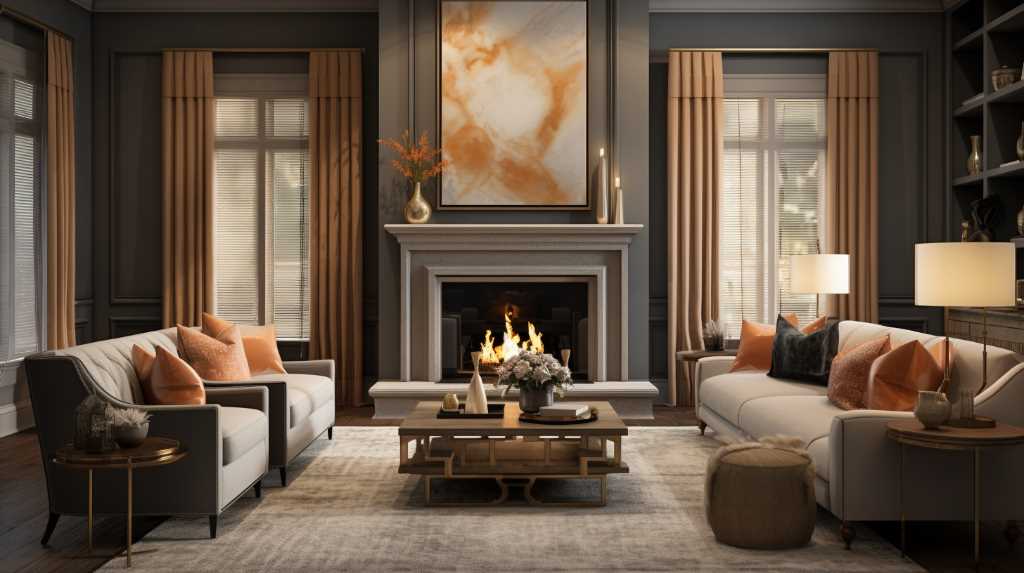Home design is a lot more than just arranging furniture aesthetically in just a space; it’s really a comprehensive procedure for transforming the atmosphere and functionality of a room. It becomes an art that marries aesthetics, functionality, and the personality from the occupants to generate a harmonious and welcoming living or working place. In this article, we are going to explore the basic principles of interior planning and just how it could enhance the spaces we inhabit.

Understanding Home design
Interior design is the procedure of planning, organizing, and decorating the lining of the space to produce a visually pleasing and functional environment. It has a massive amount elements, including color schemes, furniture selection, lighting, spatial arrangement, and also picking a decorative elements like artwork, rugs, and curtains.
Key Principles of Home design
1. Balance: Achieving balance inside a space is vital to making a harmonious atmosphere. There are two varieties of balance in interior planning: symmetrical and asymmetrical. Symmetrical balance involves arranging elements evenly on sides of an central axis, while asymmetrical balance is achieved through a careful arrangement of elements that create visual equilibrium.
2. Harmony and Unity: Harmony may be the feeling of cohesion and consistency in the design. It involves using elements and principles that complement the other, setting up a feeling of unity within a space. A harmonious minimalist interior design should convey a regular style, color scheme, and theme.
3. Scale and Proportion: Scale and proportion make reference to the size and style and relationships of various elements inside a space. A well-designed room considers the size and style of furniture, decor, and architectural features to ensure that they interact seamlessly.
4. Emphasis and Points: Setting up a center point within a room draws focus on a certain area or element, like a artwork, a hearth, or possibly a statement item. Emphasizing certain elements helps to guide the viewer’s eye and adds interest on the space.
5. Rhythm and Repetition: Rhythm will be the flow and movement inside a room. Repetition of colors, shapes, patterns, or textures can create a sense of rhythm and cohesiveness from the design.
The Interior Design Process
Interior designers adhere to a structured process to achieve their vision. This technique typically includes the following stages:
1. Initial Consultation: The designer meets the consumer to be aware of the requirements, preferences, and budget. This step is crucial in establishing the project’s direction.
2. Space Planning: With this phase, the designer results in a layout that optimizes using space while considering the client’s functional requirements.
3. Concept Development: The designer develops a design concept that encompasses the design, color palette, and overall mood in the space. This concept works as a blueprint to the project.
4. Material and Furniture Selection: The designer chooses materials, furniture, lighting, and accessories that align together with the design concept, ensuring they match the client’s aesthetic and functional goals.
5. Execution: This stage involves implementing the look plan, such as coordinating with contractors, overseeing construction or renovations, and managing the installation of furnishings and decor.
6. Styling and Decoration: The last touches, including arranging decor and adding personal touches, are necessary to complete the room and earn this process unique.
Interior design is really a multifaceted discipline that transforms empty rooms into personalized and functional spaces. It combines creativity, problem-solving skills, with an comprehension of human psychology to create environments that reflect the personality as well as with their occupants. Even tho it’s a cozy family area, a powerful workspace, or perhaps a luxurious hotel suite, design has the power to increase our surroundings and enrich our everyday life. By adhering to the principles and operations outlined on this page, you can embark on an outing to craft spaces that inspire and delight.
For more details about kitchen interior design go to see our new resource
